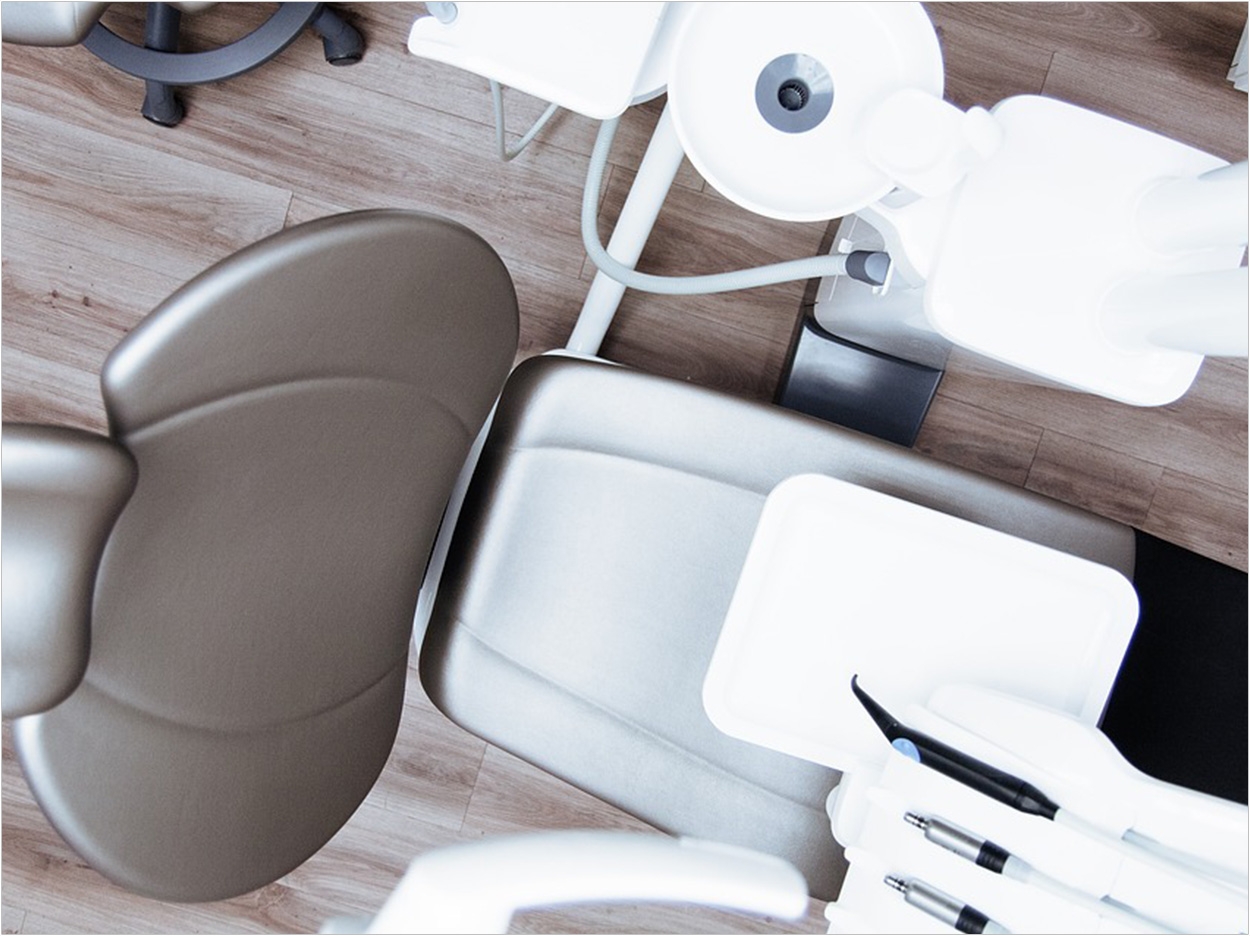
According to Net32 Inc, 68% of dental practices are open by appointment only, 20% are fully closed, and 12% are open for emergencies only, based on an April 25 survey of 1,094 dentists across the United States.
“I wanted to hear how fellow dentists are navigating the unique business challenges we’re facing with the COVID-19 pandemic,” said Pat Cassidy, DMD, MPH, CEO of the online dental supply marketplace.
“These findings reveal important industry insights, which I hope will help dentists more confidently navigate their path forward,” Cassidy said.
The leading reasons why practices are closed include:
- State mandate (83%)
- COVID-19 risks to the dental team (70%)
- ADA recommendations (67%)
- Lack of adequate personal protective equipment, or PPE (46%)
- Federal recommendations (32%)
- Lack of financial viability (24%)
Also, 90% of practices said they are concerned about procuring PPE and other supplies needed to get up and running safely, while the remaining 10% said they are fully stocked and ready to restart. Leading concerns include:
- N95 face masks (75%)
- Surgical face masks (50%)
- Hand sanitizer (50%)
- Disposable gloves (40%)
- Liquid sterilant (40%)
- Barrier film (20%)
- Protective eyewear (20%)
- Chair covers (17%)
Face shields, gowns, air purifiers, ultraviolet treatment, and COVID-19 test kits were reported concerns as well.
Plus, 70% of dental practices have implemented layoffs, while the other 30% have retained all of their staff. Only 11% of practices retained all their staff at full pay, though.
Dentists also are planning to rely heavily on government assistance programs to help them get through the shutdown, with 91% seeking support from the Paycheck Protection Program, 69% exploring Economic Injury Disaster Loans, 26% hoping for payroll tax relief, and 16% looking into Small Business Administration Loan subsidies.
Meanwhile, 46% are dipping into personal savings to save their practices. Other sources of financial help include business savings (25%), traditional bank loans (15%), and 401k or similar retirement savings (3%).
The survey further asked about what dental practices are focused on professionally during the shutdown, general thoughts about the virus’ effect on personal and professional lives, the future of dentistry, training needs, financial impacts, and certification for and implementation of COVID-19 rapid testing.
Related Articles
Surviving COVID-19: Where Should Practice Owners Begin?
The SBA Relief Package: What’s in It and How Dental Practices Can Act












